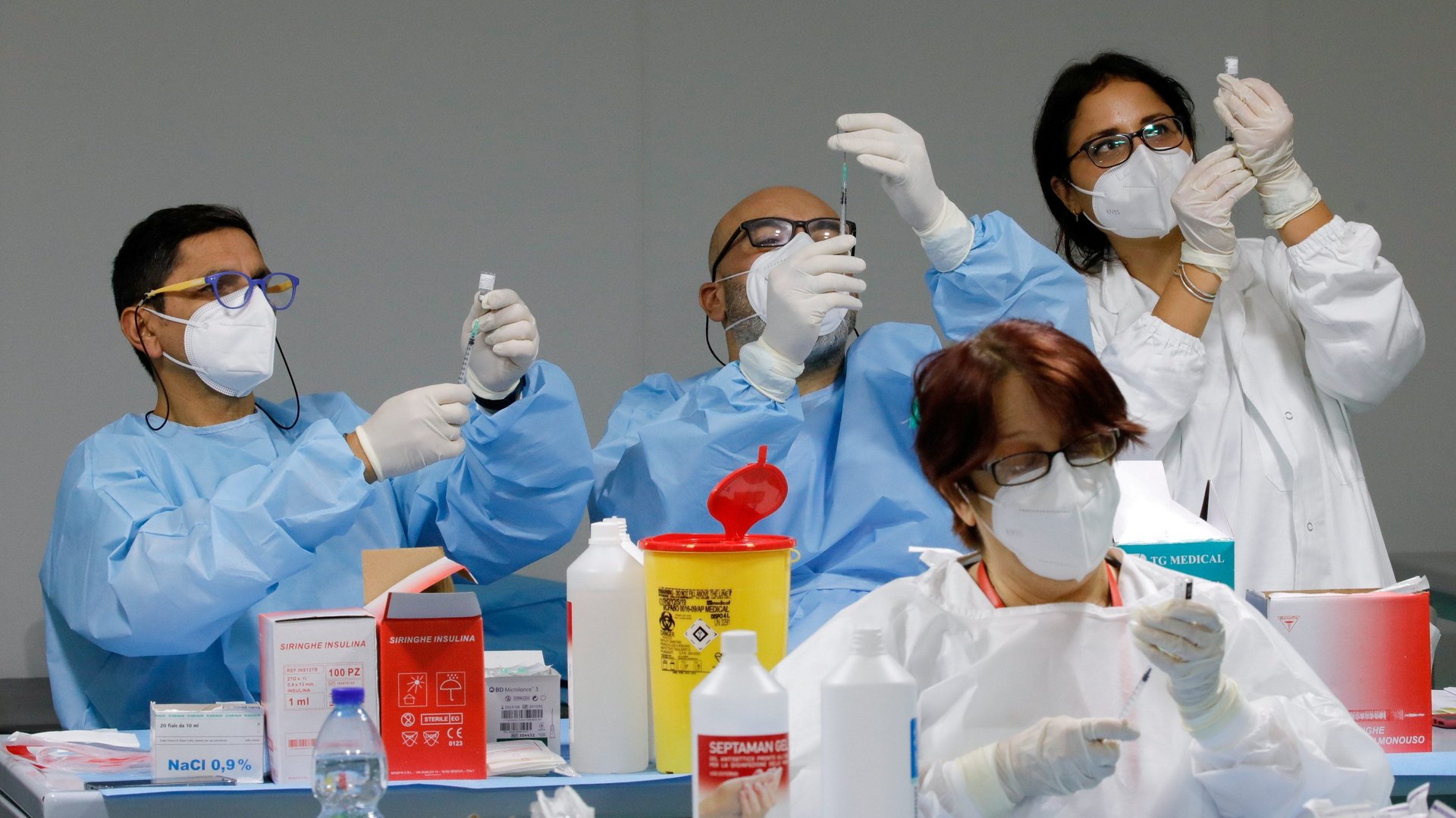Seven countries are back to their pre-pandemic GDP per capita
Seven countries, including the US and China, have already seen their per capita GDPs return to pre-pandemic standing, according to the OECD’s most recent economic outlook report. In looking at 46 countries, the organization suggests most of the global economy will reach pre-coronavirus levels by 2022.


Seven countries, including the US and China, have already seen their per capita GDPs return to pre-pandemic standing, according to the OECD’s most recent economic outlook report. In looking at 46 countries, the organization suggests most of the global economy will reach pre-coronavirus levels by 2022.
The OECD projects global output will rise by 5.8% in 2021, a significant upwards revision from its December 2020 report, which forecast 4.2% growth this year. The projected improvement was driven by countries’ swift policy actions, like the US fiscal stimulus bill, and the success of the global vaccine rollout in some countries. Nearly 2 billion Covid-19 vaccine doses have been administered worldwide.
Recovery, however, continues to be unbalanced. Return to normalcy is highly dependent on vaccine availability, national vaccination programs, and countries’ public health policies. “It is with some relief that we can see the economic outlook brightening, but with some discomfort that it it doing so in a very uneven way,” wrote the OECD’s chief economist, Laurence Boone, in an introduction to the report.
Which countries are recovering first?
Different countries’ Covid-hit economies are recovering at different paces. China returned to its pre-pandemic GDP per capita halfway into 2020. South Korea, Russia, and the US weren’t far behind, recovering pre-pandemic around the middle of 2021. A further 15 nations are expected to have returned to pre-pandemic levels by the end of this year, two years after the virus emerged.
Major G20 economies like the UK and France won’t see a full recovery until at least midway through 2021, the OECD projects. Argentina, South Africa, and Saudi Arabia are likely to see the longest wait; they are expected to need more than four years to see a return to GDP per capita normalcy.